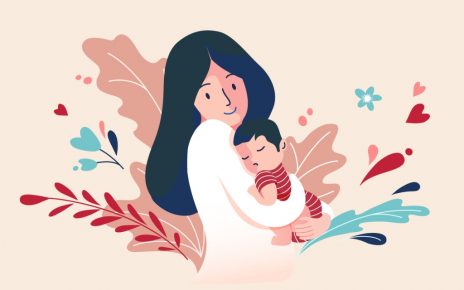Sometimes, the image needn't provide a beginning, end, or story-premise; only serving as inspiration for the main characters. So this might be a story about two friends or two neighbours, or even a familiar uncle-aunt (of the child) who loves outdoor activities and staying fit and healthy.

By Kartik Bajoria
A picture tells a thousand words. An old adage but a true one. Young writers can really be inspired into action by providing them with several writing prompts – little clues that nudge and spark the writer’s imagination so that their minds can conjure up amazing tales. While many writing prompts tend to be little pieces of writing in themselves, or little suggestions such as Your Greatest Fear, or What If You Woke Up As Prime Minister; visual cues or prompts tend to solicit the most imaginative stories simply because the way each writer’s mind interprets an image can vary vastly, leading to extremely interesting outcomes.
Photography then, can serve as the perfect springboard to a young writer’s creative imagination. It is a writing tool that is just as useful to educators, as it is to parents who want to give their children writing practice at home, without the need of a teacher and an instructor. To illustrate how effective a simple little photograph can be, and how beautifully and effectively it can serve as a story-inspiration, let’s take an example of a photograph of a couple who are looking into the distance as they rest their bicycles in a picturesque setting.
Also Read| These visually challenged kids are learning to click pictures with a regular camera
The basic premise
A picture such as this can serve as the perfect idea for the basic premise of a story. From the image, one could weave a plot that centres on the two characters having ‘lost their way’, and what adventures or misadventures they confront from this point on. Parents can first present a photograph and observe what the child comes up with. If need be, they can even prompt the child, nudge him or her with an idea that the child can subsequently develop independently and run with it! However, how the child ‘treats’ the story is up to him or her – it could become a happy tale of two friends finding their way back home, it could be a horrific tale of encountering scary situations, or it could even become a story about survival against many odds; the beauty of an image is that it merely is a spark to the imagination!
The end point
A picture could also become the ending of a story. So, this could signal two people arriving at their destination, in which case the child-writer can develop the story until this point. It could even be a story where two friends have been riding constantly, only to reach a point where there is nowhere left to go, nothing existing beyond the point that they have reached in the picture, making for a slightly fantastical, sci-fi kind of a story. Parents can even reference a popular film or story that their child recently watched/read in order to aid the child to imagine on those lines.
The beginning
Similarly, a picture can also point to the starting-point of a tale. Here, the two characters in the picture could be at the starting point of a race they intend to have against one another, or it could turn out to be a story where the two have decided to run away from their hometown because zombies have attacked their home! Parents could even supply a photograph of their own in a similar situation and ask their children to use it as a bouncing-board to create their tales. There is literally no limit to what one’s imagination could conjure up.
Building characters
Sometimes, the image needn’t provide a beginning, end, or story-premise; only serving as inspiration for the main characters. So this might be a story about two friends or two neighbours, or even a familiar uncle-aunt (of the child) who loves outdoor activities and staying fit and healthy. Or it could be about two strangers having a chance encounter and then getting stuck in a dangerous situation.
Once parents use this tool a few times, the outcomes will be a clear indication of the power of a single visual. As a writing tool, children should be given photographs to really get them excited about writing. The results will be astonishing.
(Writer, educator and moderator, Kartik Bajoria holds workshops on creative writing and personality development at various schools.)
Source: Read Full Article



